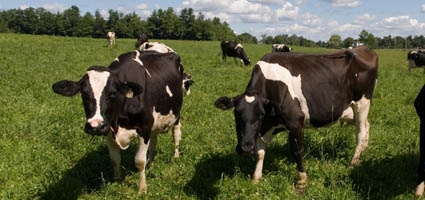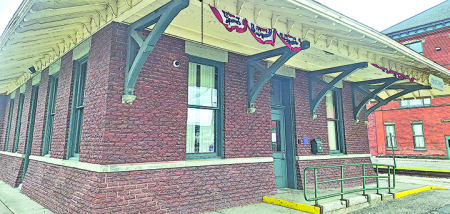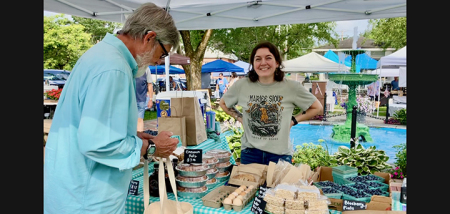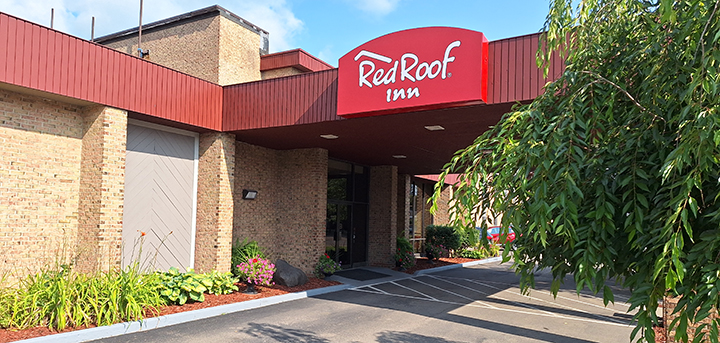Is Rotational Grazing The Solution To Dairy Farm Success?
Published:
March 27th, 2008
By:
Michael McGuire

NORWICH – Imagine thriving rural communities, once again dominated by successful family dairy farms. Dr. Jonathan Winsten, an agricultural economist and professor at the University of Vermont, thinks it’s possible.
How? Rotational grazing.
What is rotational grazing? It’s where livestock graze small sections of land for a short period of time – 12 to 24 hours – in cycles for a five to six month period, as opposed to being fed in a barn or let loose on a pasture.
Through funding from the U.S. Department of Agriculture, Winsten and a team of experts from several different institutions are studying rotational grazing’s potential impacts on small to medium-sized dairy operations in the Northeast.
The group’s findings thus far: They argue it could be the savior of the family farm.
“Studies show it’s profitable,” Winsten told a group of over 20 local farmers and regional agricultural representatives Wednesday during a roundtable discussion at Fred’s Inn in Norwich. “The issue of expanding adoption of rotational grazing isn’t just a farming issue, it’s an issue for the environment and rural communities ... there’s a lot to be gained beyond the farm gate.”
The group is considering piloting a local farm to act as a rotational grazing case study.
Proponents say the practice allows each section of land to re-grow and retain nutrients, while being fertilized by the cows themselves.
Author: Michael McGuire - More From This Author
Comments










